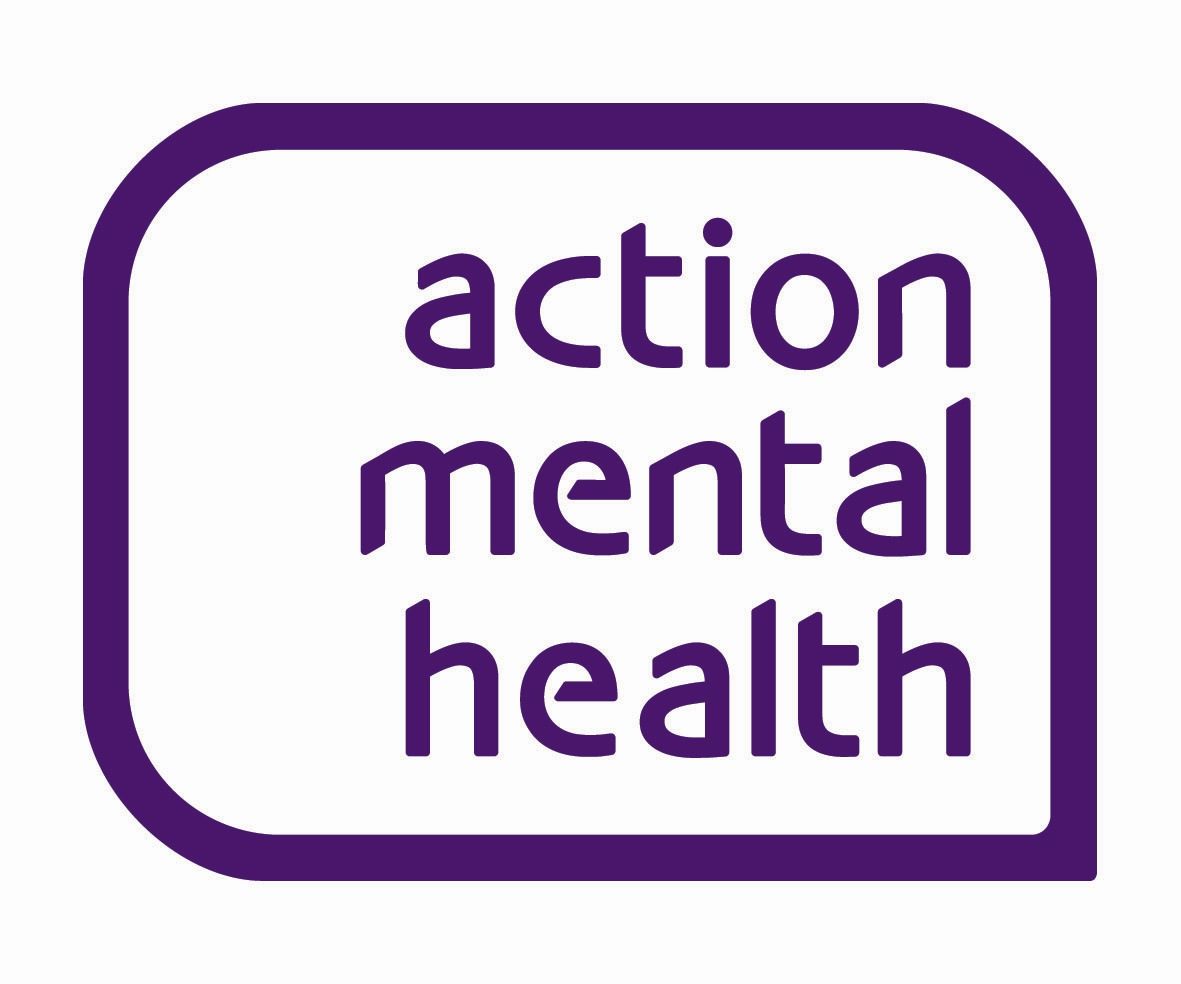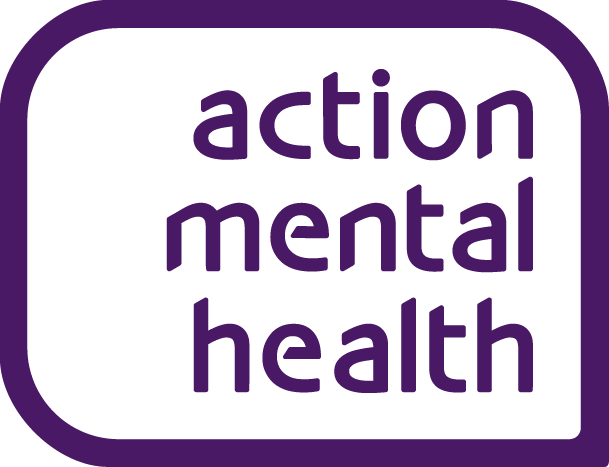Toolkit: Understanding stress and how to manage it
Most people have experienced some level of pressure at some stage in their lives. Whether that’s pressure surrounding an upcoming big life event (such as moving house) or about a daunting event (such as a job interview). In small, manageable doses, pressure can be a positive factor that motivates us and boosts productivity. But when pressure continuously mounts up, it can turn into stress.
Stress is defined as “the adverse reaction that people have to excessive pressures or other types of demands that are placed on them” (HSE, 2025).
The Stress Balloon
- Picture a balloon that holds all of your life pressures.
- Now fill the balloon with all the day to day pressures you regularly encounter. Those might include work deadlines, family responsibilities, personal worries, financial pressures, social obligations etc.
- Now imagine what would happen if pressure increased in one or more aspects of your balloon. For instance, you get a promotion that brings along added workplace pressures or you have an unexpected bill that imposes significant financial pressures on you.
- Suddenly your balloon is so full, that if you add one more pressure to it, it’s going to pop!
- This popping point is where stress comes in.

How do I know that I am experiencing stress?
Physical Symptoms:
- Headaches
- Muscle pain
- Jaw, ear or head pain
- Tightness or soreness in the jar
- Stomach issues
- High blood pressure
Emotional Symptoms:
- Excessive overwhelm
- Racing thoughts
- Difficulty making decisions
- Feeling tearful
- Lack of motivation
- Low self-esteem
- Anxiousness
- Anger or irritability
Behavioural Symptoms:
- Changes in appetite
- Procrastination
- Isolating from others
- Struggling to meet deadlines
- Working longer hours or whilst on leave
- Increased dependence on drugs/ alcohol
If you’re not sure whether stress is impacting your life, check out the stress quiz below! Please note that this quiz is not a diagnostic tool and is instead intended to provide insight regarding common symptoms of stress and the potential impact of stress on emotional health.
What causes stress?
As we saw from the ‘stress balloon’ analogy, stress is often the result of a multitude of factors, rather than a singular cause. Each person is different and what is considered stressful for one person may not be for the next. Common causes of stress include:
Personal factors:
- Illness
- Injury
- Pregnancy
- Infertility
- Bereavement
- Trauma
- Organising a large event such as a holiday or wedding
- Daily stressors such as household chores
Family and relationship factors:
- Getting married or civil partnered
- Relationship breakdowns or divorce
- Caring responsibilities or parenting
- Difficult relationships with friends or family
- Not feeling like you belong
- Bullying
- Isolation
Employment factors:
- A new job or promotion
- Losing your job
- Retiring
- Deadlines
- Challenging dynamics with colleagues
- Difficult management style
- Job insecurity
- Unclear job roles
- Lack of control or autonomy
Financial and Housing Factors:
- Cost of living
- Struggling to ‘make ends meet’
- Childcare costs
- Managing debt
- Poverty
- Worries about benefits
- Moving house
- Poor living conditions
- Housing insecurity or homelessness
Social Factors:
- Poor access to services such as medical care or transport
- Living through a stressful event- eg, COVID-19
- Stigma and discrimination
The above list is not exhaustive and it is important to note that stress is often the result of change, whether that be psychological, physical or environmental change. Resultantly, even happy events can cause stress. Think about planning a wedding- whilst it’s often one of the happiest days of your life, it can also be incredibly stressful to plan and expensive to pay for. Similarly, bringing home a new baby is a joyous event but can often bring huge changes to your routine, diet, sleep, relationship and emotions.
How to manage stress:
Understand your stressors:
Stress can often sneak up on us but understanding the physical, psychological and environmental factors that often cause us to feel stressed is a great first step in building our awareness. Take a few moments to right down some of the factors that currently or previously tend to cause you stress. The worksheet below can help you do this:
If you’re not sure which situations are causing you stress, try keeping a log over the next week or two using the template below:
Set a solid foundation:
Before we begin thinking about psychological tools to aid stress management, it’s important to take an inventory of other factors that may be exacerbating our physical and emotional symptoms of stress. Specifically, ask yourself:
Am I regularly getting at least 7-9 hours of sleep per night?
- It’s often difficult to get enough sleep when you’re stressed, yet lack of sleep can also make it more difficult to rationalise daily stressors- a frustrating cycle, we know! To improve sleep quality, try limiting caffeine intake following lunchtime, reduce your exposure to light (including artificial light, blue light and natural light) in the hours before bed and try implementing mindfulness or journaling practices before bed to help you to go to bed with a clear mind.
Do I move my body regularly?
- Physical exercise is one of the most effective ways to release stress-reducing hormones such as dopamine. Remember, this doesn’t have to be an intensive gym routine- it could be as simple as a 10 minute walk, a quick youtube workout or a community fitness class.
Do I eat a healthy and balanced diet?
- Certain foods can help to improve our mood and balance our hormone levels, protecting against the demands of stress. Try to incorporate a range of food groups including complex carbohydrates, proteins, fruit, veg and foods high in omega-3 fatty acids such as nuts, seeds and oily fish.
Do I regularly use nicotine drugs or alcohol?
- Whilst nicotine, drugs and alcohol may seem to provide some temporary stress release. Nicotine and many drugs are stimulants meaning that they often increase the production of stress hormones in the long-term. Similarly, alcohol is a depressant and can result in low mood and negative thought cycles.
Am I practicing self-care regularly?
- When your stress levels are sky high, it can feel impossible to create time to look after yourself. Yet, self-care is one of the most vital components of managing physical, psychological and emotional stress. Self-care will differ from one person to the next, but try to find an activity that helps you feel a sense of calm or releases tension. This might be meeting up with a close friend, getting creative in the kitchen, getting stuck into a local boxing class or simply unwinding in front of your favourite TV series.
Set a solid foundation:
When we feel stressed and overwhelmed, try to break down your stressor by asking 3 key questions:
1.) What
is everything about this situation that I can control?
Eg-
your behaviour
2.) What is everything about this situation that I can influence?
Eg-the environment around you
3.) What is everything about this situation I have to accept?
Eg- the actions of others
Act on the factors within your control:
Once you’ve
identified the factors within your control, it can be helpful to break these
factors down into 3 small actions. For example, if you find yourself stressed
about workload, you may identify that asking your manager for support is factor
within your control. In this case, your 3 actions might be:
- Write down what I want to say to my manager prior to the meeting in order to help me articulate my concerns
- Use breathing exercises prior to the meeting to help manage symptoms of anxiety that may arise
- Arrange to meet a friend or co-worker on my lunchbreak to help me regulate after the meeting
Practice Acceptance:
Letting go of the things we can no longer control is difficult but often necessary. Many people use apps such as “Headspace” or “Calm” to practice mindfulness and meditation, others choose to journal or utilise deep breathing exercises. If you’re new to mindfulness, try this cognitive diffusion strategy:

(1) Sit in a comfortable position and either close your eyes or rest them gently on a fixed spot in the room.
(2) Visualize yourself sitting beside a gently flowing stream with leaves floating along the surface of the water. Pause 10 seconds.
(3) For the next few minutes, take each thought that enters your mind and place it on a leaf… let it float by. Do this with each thought – pleasurable, painful, or neutral. Even if you have joyous or enthusiastic thoughts, place them on a leaf and let them float by.
(4) If your thoughts momentarily stop, continue to watch the stream. Sooner or later, your thoughts will start up again. Pause 20 seconds.
(5) Allow the stream to flow at its own pace. Don’t try to speed it up and rush your thoughts along. You’re not trying to rush the leaves along or “get rid” of your thoughts. You are allowing them to come and go at their own pace.
(6) If your mind says “This is dumb,” “I’m bored,” or “I’m not doing this right” place those thoughts on leaves, too, and let them pass. Pause 20 seconds.
(7) If a leaf gets stuck, allow it to hang around until it’s ready to float by. If the thought comes up again, watch it float by another time. Pause 20 seconds.
(8) If a
difficult or painful feeling arises, simply acknowledge it. Say to yourself, “I notice myself having a
feeling of boredom/impatience/frustration.”
Place those thoughts on leaves and allow them float along.
(9) From time to time, your thoughts may hook you and distract you from being fully present in this exercise. This is normal. As soon as you realize that you have become sidetracked, gently bring your attention back to the visualization exercise.
Help and Support:

